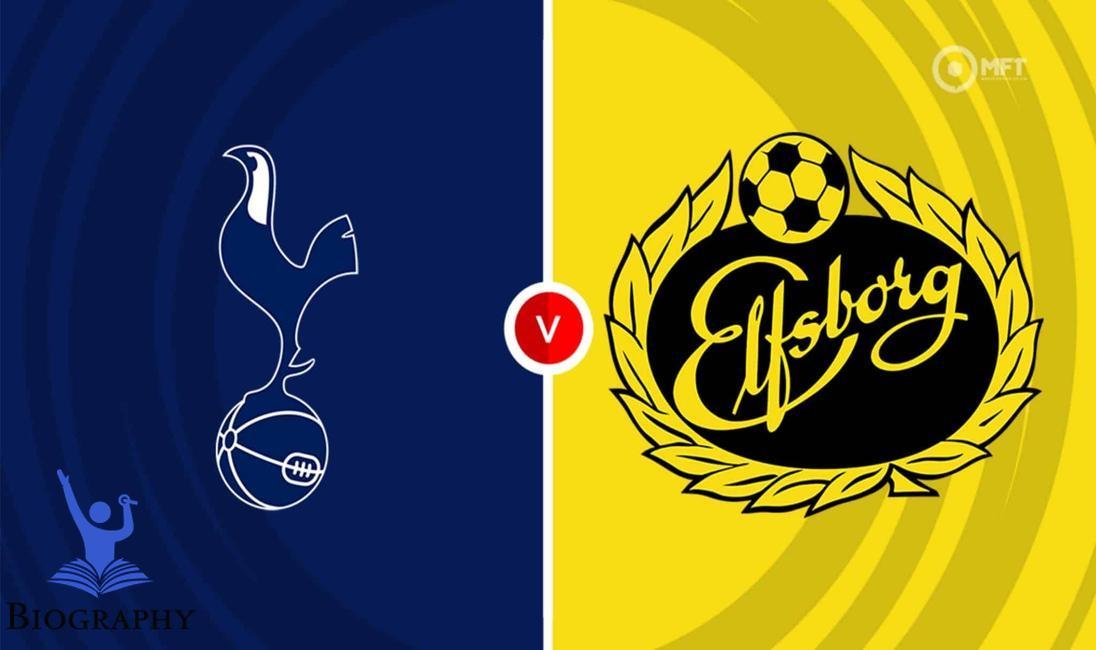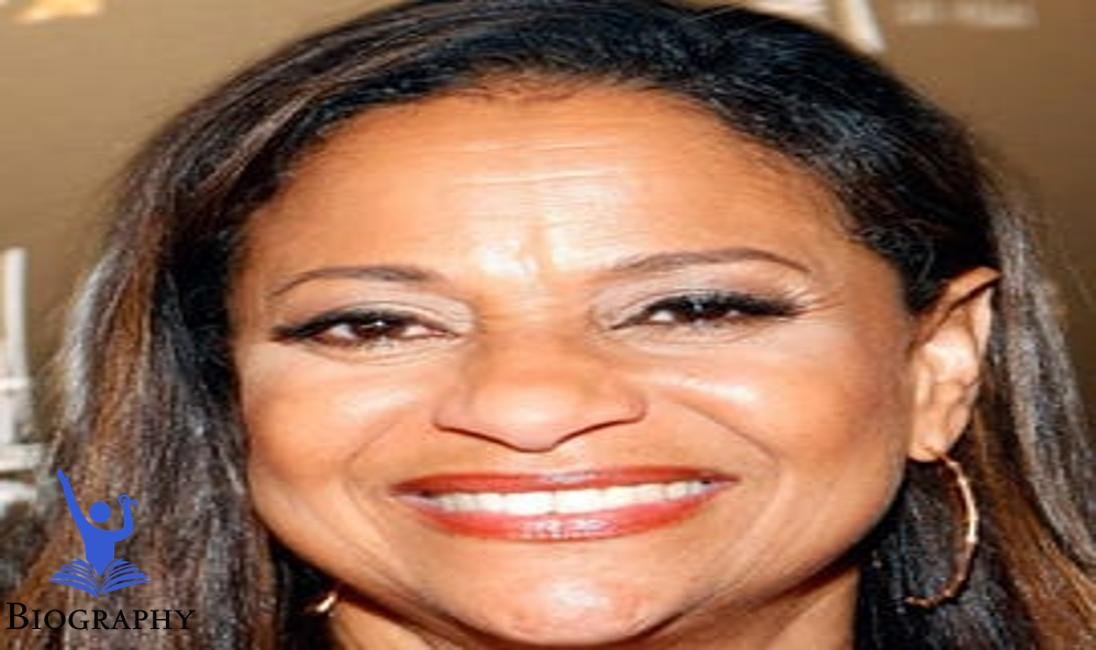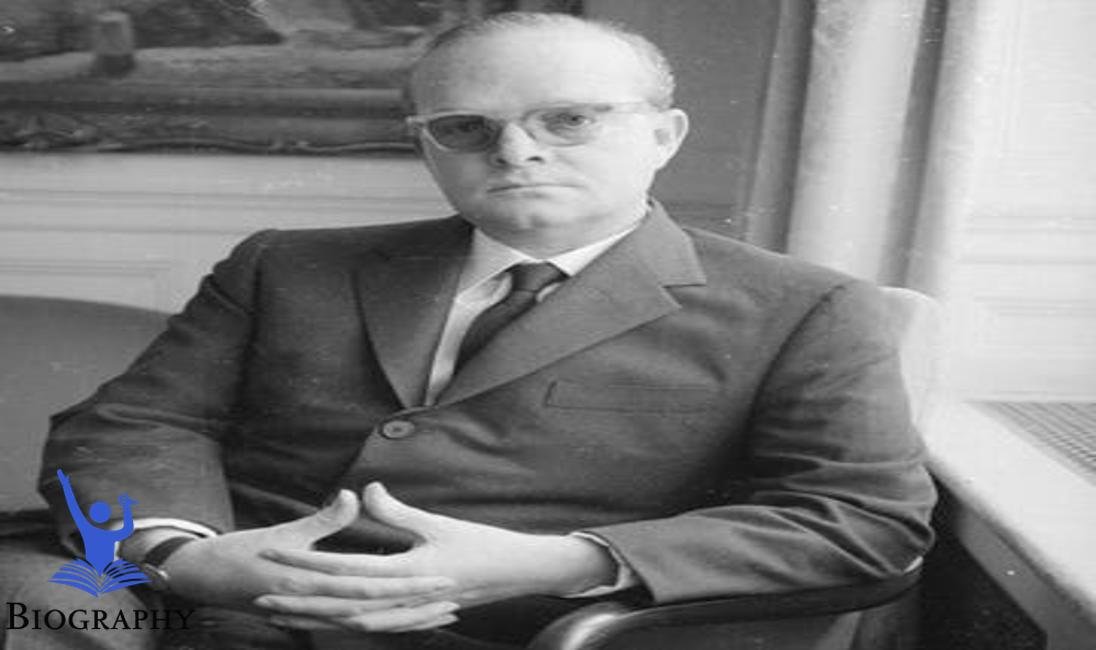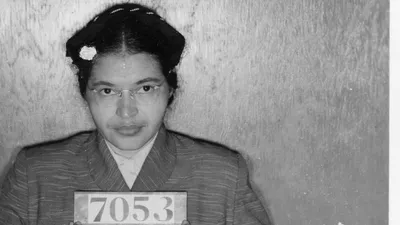Now Reading: Isadora Duncan|Biography, Dances, Technique,Facts & Wiki
-
01
Isadora Duncan|Biography, Dances, Technique,Facts & Wiki
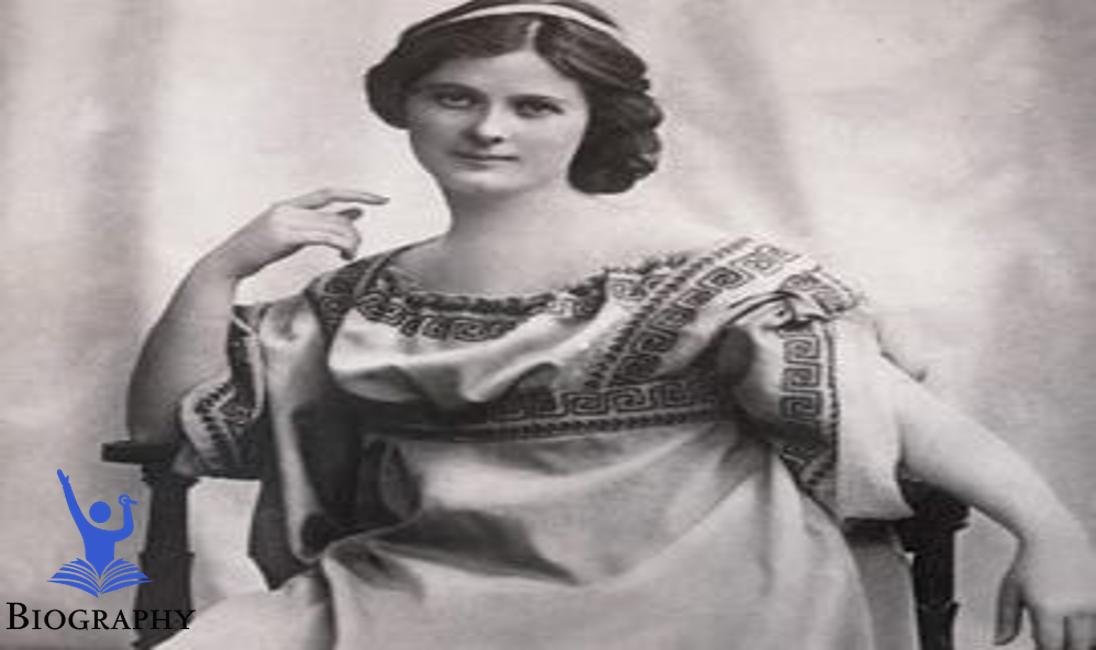
Isadora Duncan|Biography, Dances, Technique,Facts & Wiki
Isadora Duncan: The Pioneer of Modern Dance
Find out about the presence of Isadora Duncan, an up-and-coming American artist and trendsetter in contemporary dance. Explore his early life, battles, rise to infamy, accomplishments, noise, and lasting legacy in dance history. This semi-structured biography charts her impact on the expressive and creative development of dance, and shows how she changed the performing arts forever
| Category | Details |
|---|---|
| Age | Would be 147 years (if alive) |
| Weight | Approx. 120 lbs (54 kg) |
| Height | 5 ft 6 in (1.68 m) |
| Original Name | Isadora Duncan |
| Eye Color | Brown |
| Children’s Names | Deirdre, Patrick |
| Birthdate | May 26, 1877 |
| Spouse | Gordon Craig (marriage), blended family |
| Home | Various locations (Europe & USA) |
| Hometown | San Francisco, California |
| Origin | American |
| Exes | Paris Singer, among others |
| Brand Ambassador Roles | N/A |
1. Early Life and Family
Isadora Duncan was born on May 26, 1877 in San Francisco, California. His mother, a gifted piano teacher, and his father, a productive engineer, nurtured his creative spirit from an early age. Isadora was the youngest of four children and had a childhood in a nourishing atmosphere filled with music and imagination. In any case, his family faced a similar challenge; His people were torn apart at a young age, which greatly affected his childhood.
Right off the bat, Isadora showed great potential in dance. Early in her development, she often walked barefoot through the parks of San Francisco, inspired by the world all around her. As a young woman, her life built a belief in “free dance,” an approach that emphasized the constant evolution of systems without interference.
2. Early Career and Struggles
When Isadora was only 10 years old, she really started focusing on dance, but quickly settled for traditional dance expression sub-same. Confused by the conventional methods, he sought to create his own style that felt more appropriate and expressive. To explore her ideas, Isadora moved out of the house at 18 and began performing in small venues, but the road to success was arduous.
Duncan’s early performances received considerable skepticism. Many scholars misunderstood her creative approach to development, which was insensitive and her own precision as opposed to specific accuracy Despite all these challenges, Isadora persevered , and he deeply believed in his vision of current dance.
3. Rise to Stardom
The development of Isadora Duncans was secondary as she performed in Europe, especially in Paris. His progressive style was embraced by the French public, and all his progress was in keeping with the creative spirit of the time. In 1900, he was welcomed to perform at the towering Théâtre de la Renaissance in Paris, marking a defining moment in his career.
With pieces of clothing that flowed beyond her barefoot walk, Isadora performed a new creative dance that demonstrated the possibility of flexibility. His exhibitions attracted both public and academics, which made him famous. She became a current dance role model and inspirational figure in the acting craft.
4. Success
Through her career, Isadora Duncan achieved diversity. He performed at prestigious venues throughout Europe and the United States, captivating crowds with his brilliant interpretation. Notable performances included his flight, animated by Greek mythology, and closer to home themes, which demonstrated his belief that evolution could reveal vital emotions
In addition, Duncan founded his own dance schools in the United States and Europe, where he taught his dance techniques free of charge to the downtrodden unschooled. Her dedication to teaching and improving current dance positioned her as a leader in the arts. Furthermore, his works such as The Dance Representing were indicative of ideas and concepts related to dance, and influenced people in the future of artists and choreographers
5. Failure
Despite her awesome achievements, Isadora Duncan faced her share of challenges. Scholars scrutinized his quirky style, with some calling his exhibitions too revolutionary or undisciplined. In 1913, her life was rocked by tragic news: the death of her two young sons in a car accident. This particular misfortune affected his spirit and creative outcome.
Duncans later performances did not meet with the same approval as his earlier ones, and he had problems keeping up with his dance schools. Financial difficulties forced him to get involved, and he resisted pressure to make a name for himself. Despite these challenges, her confidence and strength helped her move and work.
6. Humanitarian Work
Duncan used her foundation to raise awareness about important issues, including child government support and women’s liberation. His exhibits often addressed civil rights issues and were expected to bring about social change. His passion for these things established his legacy as something other than an artist; He turned out to be a change-maker in the community.
7. Personal Life and Controversies
Isadora Duncans personal life was as particularly interesting as her work. She encountered many complicated relationships, including a distinguished relationship with a wealthy Parisian singer and a later meeting with the English painter Gordon Craig In any case, her relationships were often tumultuous, and reflects his spiritual nature.
Duncan’s lifestyle and decisions have now attracted repeated scrutiny. His unique approach to life and love, unusual views on parenting, and refusal to conform to cultural norms created a lot of controversy. In any case, he did not remain dead to his convictions and advocated creative freedom and personal expression.
8. Legacy / Awards
The commitment to adapting Isadora Duncans is immense. She is often hailed as the “mother of modern dance” and prepares people for the future of artists and dance professionals. His emphasis on depth and constant improvement has influenced countless scholars, helping to shape the character of other genres of performing arts
Duncan’s legacy resonates today. His creative spirit is honored by many dance schools and institutions, and his way of thinking remains the foundation of modern choreography. Despite not receiving honors in life for her brilliant career, her impact on dance history is undeniable and celebrated by experts across the planet
Conclusion
Taken as a whole, Isadora Duncans life was marked by strength, maturity, and assurance. As a current dance pioneer, he reshaped the landscape of intellectual development and left a perseverance through succession that inspires artists and practitioners today. From his early martial arts to his rise to fame, Duncan became an icon of opportunity and expression in dance, breaking boundaries and appreciating the human spirit through evolution His story is a strong symbol of the impact of one man on craft and society.













